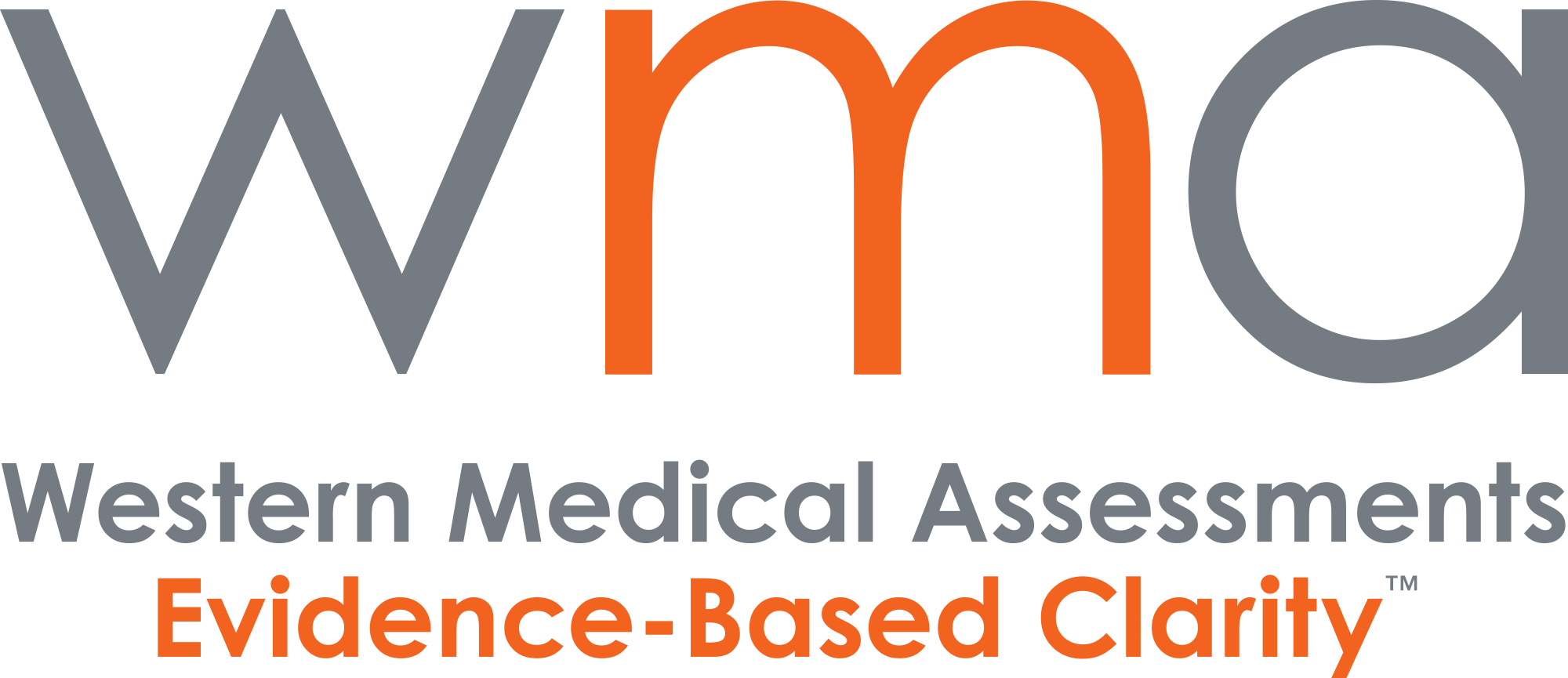April 25, 2024, from Medscape

Moderate to vigorous aerobic physical activity performed in the evening is associated with the lowest risk for mortality, cardiovascular disease (CVD), and microvascular disease (MVD) in adults with obesity, including those with type 2 diabetes (T2D). This conclusion comes from a recent study published in Diabetes Care, led by Angelo Sabag, PhD, at the Charles Perkins Centre, The University of Sydney.
Key Findings
The study analyzed data from the UK Biobank, involving 29,836 participants with obesity, including 2,995 individuals diagnosed with T2D. The research aimed to determine whether the timing of aerobic activity impacts cardiometabolic health. Participants were grouped based on when they performed over 50% of their total moderate to vigorous physical activity: morning (6 AM to < 12 PM), afternoon (12 PM to < 6 PM), and evening (6 PM to < 12 AM).
The results highlighted significant benefits for those engaging in evening workouts:
- Mortality Risk: The evening activity group had the lowest mortality risk (HR, 0.39; 95% CI, 0.27-0.55), with an even lower risk for those with T2D (HR, 0.24; 95% CI, 0.08-0.76).
- Cardiovascular Disease (CVD): Evening exercisers showed a lower risk for CVD (HR, 0.64; 95% CI, 0.54-0.75).
- Microvascular Disease (MVD): There was also a reduced risk for MVD (HR, 0.76; 95% CI, 0.63-0.92).
Participants who exercised in the afternoon and morning also saw reduced risks, but the associations were weaker compared to the evening group.
Practical Implications
“The results of this study emphasize that beyond the total volume of MVPA [moderate to vigorous physical activity], its timing, particularly in the evening, was consistently associated with the lowest risk of mortality relative to other timing windows,” the authors noted.
This information is particularly relevant for healthcare providers advising patients with obesity and T2D on effective exercise regimens. Encouraging evening physical activity could lead to more significant health improvements and reduced risks of severe health conditions.
Limitations
It’s important to consider the study’s limitations, as it was observational. The possibility of reverse causation and unaccounted confounding factors cannot be ruled out. Additionally, there was a median lag of 5.5 years between baseline measurements and the accelerometry study, and the response rate of the UK Biobank was low.
While exercise is beneficial at any time of the day, this study suggests that evening exercise might offer the most substantial health benefits for adults with obesity, particularly those with type 2 diabetes. Healthcare providers should consider these findings when making exercise recommendations to optimize patient outcomes.
=================================================================
Considering an IME or document review to resolve an insurance claim, legal file, or workplace health and safety issue?
Our specialists provide evidence-based opinions, so get in touch with Western Medical today to learn more about our services.

